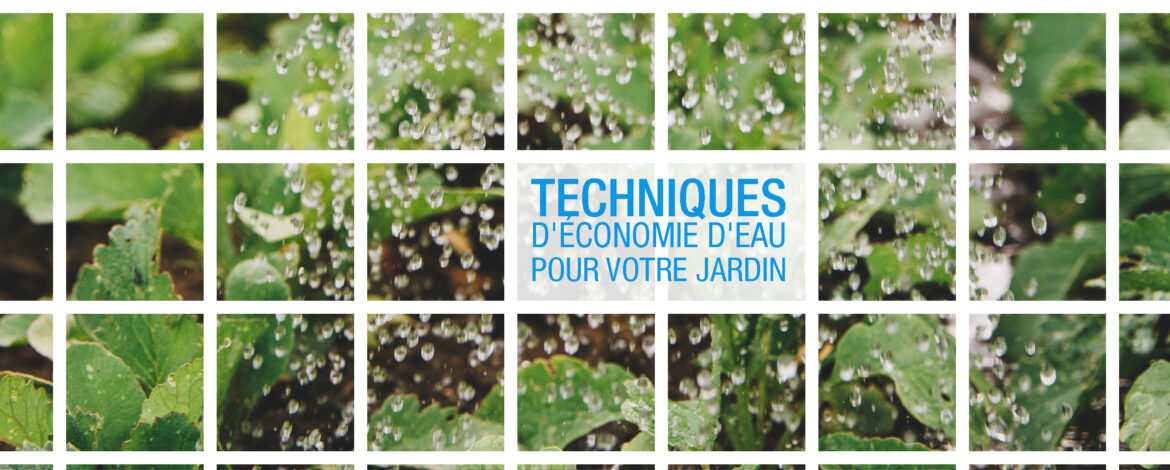If you’re a passionate gardener, you know the importance of conserving water without compromising the health and beauty of your plants. Water scarcity is a growing concern, and as responsible gardeners, it’s essential to adopt eco-friendly practices that help us make a positive impact on the environment. In this comprehensive guide, we present the top 10 water-saving techniques for your garden. These techniques not only aid in water conservation but also enable you to create a thriving, sustainable garden that stands out in its beauty and ecological contribution.
Drip Irrigation System: Efficient Water Distribution
Embrace the efficiency of a drip irrigation system to ensure targeted water distribution to your plants’ roots. Drip systems minimize water wastage by delivering water directly to the base of each plant. Unlike traditional sprinklers, which often lose water to evaporation, a drip system optimizes water usage and significantly reduces the overall water consumption in your garden.
Mulching: Retaining Moisture
Mulching is an incredible technique that not only aids in water retention but also provides numerous benefits to your garden. Apply a layer of organic mulch, such as wood chips, straw, or compost, around your plants’ base. Mulch acts as a protective barrier, preventing evaporation, and keeping the soil cool during hot weather. Additionally, it suppresses weed growth, further conserving water for your plants.
Rainwater Harvesting: Nature’s Bounty
Harness the power of nature by implementing a rainwater harvesting system. Collect rainwater from rooftops and channel it into storage tanks or barrels. This harvested water can then be used to irrigate your garden during dry periods, effectively reducing your reliance on freshwater sources.
Companion Planting: Smart Plant Arrangement
Companion planting is an intelligent technique where you strategically place plants that mutually benefit each other. Some plants have natural pest-repellent properties, while others enhance soil fertility. By creating a biodiverse garden through companion planting, you can improve water retention in the soil, and your plants will become less susceptible to water-related stress.
Xeriscaping: Low-Water Landscaping
Xeriscaping is an environmentally friendly landscaping approach that embraces native, drought-resistant plants. These plants are adapted to the local climate and require minimal water to thrive. By incorporating xeriscaping principles into your garden design, you can create a stunning landscape that demands much less water than traditional gardens.
Soil Amendment: Improving Water Absorption
Enhance your soil’s water retention capabilities by amending it with organic matter. Adding compost or well-rotted manure to the soil improves its structure, allowing it to hold water better. Well-nourished soil promotes strong root growth and reduces the frequency of watering.
Smart Watering Schedule: Watering Wisely
Create a smart watering schedule that aligns with your plants’ specific needs. Different plants have different water requirements, so grouping them based on their needs can prevent water wastage. Additionally, water your garden during the early morning or late evening when evaporation rates are lower, ensuring efficient water utilization.
Raised Beds: Efficient Planting
Consider utilizing raised beds for your garden, especially in areas with poor soil drainage. Raised beds provide better control over soil moisture levels and reduce the risk of waterlogged roots. This technique allows you to optimize water distribution, focusing it precisely where your plants need it the most.
Proper Plant Selection: Choose Wisely
Selecting the right plants for your garden is crucial in achieving water efficiency. Opt for native or drought-tolerant plant species that thrive in your climate. These plants have adapted to local conditions, requiring less water and maintenance while still adding beauty to your garden.
Regular Maintenance: Healthy Plants, Less Water
Maintain your garden regularly to ensure healthy and vigorous plant growth. Prune and remove dead or diseased plant parts to allow for better water absorption and distribution. Healthy plants are more resilient to water stress, requiring less water in the long run.
In conclusion, by incorporating these top 10 water-saving techniques into your gardening routine, you can make a significant difference in conserving water while still having a beautiful, flourishing garden. Remember that every small step counts when it comes to environmental responsibility.

